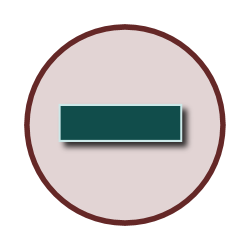War Card Game - Modified for Subtraction Practice
Lesson Plans > MathematicsWar Card Game - Modified for Subtraction Practice

"War! What is it good for? Absolutely nothing!" This used to be my sentiment about the card game War. The game goes on for far too long, and can get very tedious the longer it goes. But my son wanted to learn the game, so I taught it, and we played it. We actually played it with half a deck, which made the game much shorter, but I still found myself thinking, "There must be a way to make this game more interesting, or at least shorter." And if I could come up with a variation that accomplished both of those goals, that would be even better.
The Original Rules
Deal all the cards to the players. Each player plays one card. Whoever has the largest card gets to keep all three. If there is a tie, the players involved in the tie lay out some face-down cards (I've played it with either two or three face down), and then one face-up card. Whichever card is highest wins all the cards in that battle. If there is another tie, the process continues.
The game ends when one player has all the cards. That player is the winner.
The Modified Rules
Once the players have identified the highest card, it is compared to the other card(s) which have been played. If the difference between the highest card and another played card is four or more, the lower card is removed from the deck and is not played again in the game. For example, if the cards 8 and 6 are played, the player who played the 8 keeps both cards. But if the cards 8 and 2 are played, the two gets thrown out because 8 - 2 = 6, which is at least four.
This is a fun way for young players to practice their subtraction facts. In addition, since cards are regularly being removed from the deck, the game can be significantly shortened. It would be possible to vary the game even more, by saying that the difference has to be at least 5, or at least 3. The length of the game is affected accord to how frequently cards get removed from the game.
Other ways of changing the game include: playing with a full deck, a half deck, or with all the face cards removed. Removing the face cards avoids having to deal with larger numbers, and remembering which face card represents which number.
After playing the game this way once, my son announced, "I want to play it again - the NEW way!"
He beat me twice, had a lot of fun in the process, and worked on his subtraction skills at the same time.

